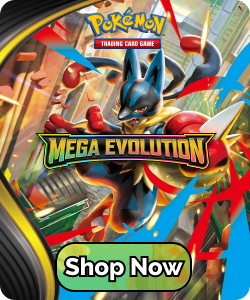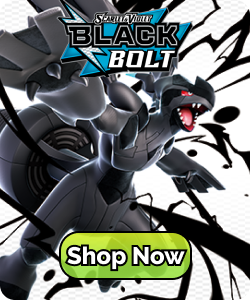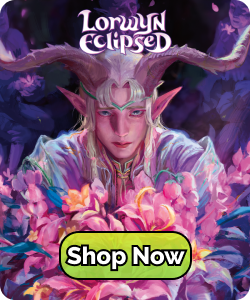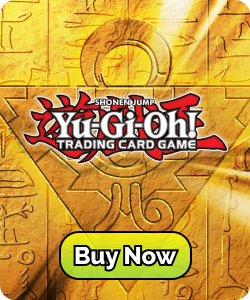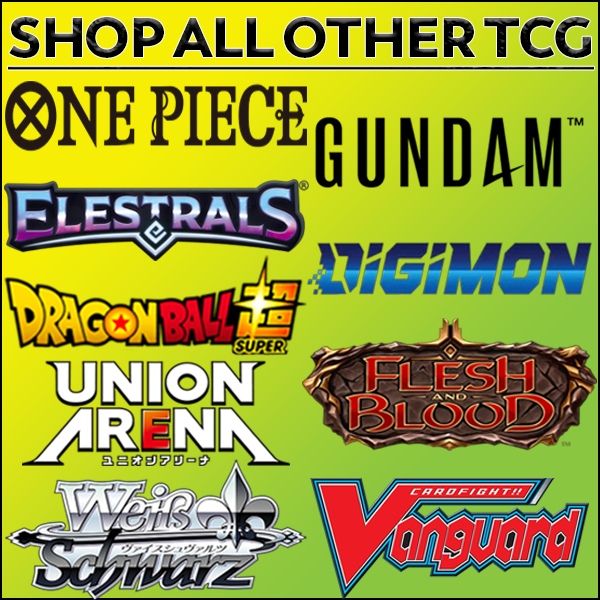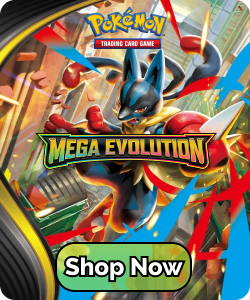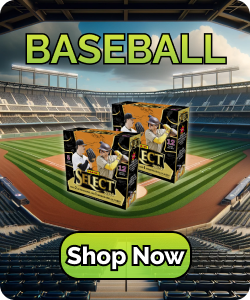A card’s physical condition is often the biggest determinant of its value. Even an exceedingly rare PSA 10 card’s value can be halved if it has been roughed up over time, and the difference between a lightly used and damaged card can be subtler than you might think. Whether you’re trading sports cards or Pokémon cards, this guide will show you exactly what to look for.
The Scale
The specific terms used in a TCG condition guide can vary depending on the company or even the community. For instance, people on Reddit can have a very different definition of ‘lightly played’ compared to a professional grading agency. Still, we can generalize the most commonly used terms for this card condition guide.
-
Mint:
This is a card fresh off the factory floor. The corners are perfectly sharp with no imperfections. The centering is flawless, and the surface has a brilliant shine without scratches, dents, or printing errors.
This might sound simple enough, but cards can quickly accumulate minor imperfections even if you take care of them. A card that looks mint isn’t necessarily going to be graded as such.
-
Excellent/Near-Mint:
Most seemingly mint condition cards fall into this category. Near-mint cards can exhibit slightly off-center images or other minor imperfections that are only noticeable under scrutiny. For instance, there could be a single, faint hairline scratch barely visible to the naked eye.
-
Good/Lightly Played:
These cards have seen light wear and tear during play. Pokémon card condition guides often refer to ‘lightly-played’
Pokémon collectibles as ‘Very Good’ or ‘Good’. The corners could be more rounded, and scratches might be more prominent—but not deep enough to break the card's surface.
-
Moderately Played:
These cards display significant wear. The corners could be heavily rounded or even have small creases. Scratches will be readily apparent, potentially even affecting the card's signature image. There might also be noticeable discoloration or bends affecting the card's flatness. However, most card condition guides will agree that these cards are still perfectly usable.
-
Heavily Played: Heavily-played cards can be immediately identified by their extensive wear and tear. The immediate signs include: damaged corners, folds, scratched surfaces, and smudged ink.
-
Damaged:
You don’t need a guide to identify these cards. Damaged cards are considered virtually unplayable due to major tears, creases, and even missing pieces.

TCG Condition Guide: Why Does Condition Matter?
The distinction between a lightly and moderately played card can be surprisingly important today due to the increasing volume of trades. New hobbyists and seasoned collectors alike can be easily fooled into making the wrong trade if they haven’t been paying attention.
-
Informed Trading: According to most Pokémon card condition guides, a mint
Shadowless Charizard can easily sell for over $100,000, while a heavily played version of the same card is only valued at around $500. If you don’t know what to look for, you can get conned into paying thousands for the wrong card.
-
Maximizing Value:
Many trading cards, especially rare ones, are valuable investments. Knowing how to properly store and handle cards to minimize damage is essential. Understanding how factors like sunlight, humidity, and improper sleeving can affect cards helps you protect the value of your collection. This is why most card condition guides will stress the importance of at least using reliable
card protector sleeves when opening packs.
-
Competitive Play:
A major crease can be a major problem in competitive play, wasting months of preparation. Official trading card game tournaments often have specific condition requirements for cards used in decks.
Understanding the acceptable condition range ensures your cards are playable and avoids disqualification during a tournament. Magic The Gathering tournaments, for example, have strict requirements around card conditions.
-
Better Bargaining:
Knowledge of card conditions can be a priceless bargaining chip for traders. This is where condition guides come into play. If you have a near-mint edition card and are looking to acquire a lightly played edition of another card, you can raise your prices to compensate for the difference.
If you’ve read a sports card condition guide before, you’ll know this is particularly important for those looking to buy sports cards online. Minor centering irregularities and creases have been known to heavily dampen prices, even for older autographed rookie cards.

Know Your Cards
Whether it’s a Pokémon card condition guide or a general TCG condition guide, experts will always tell you it’s all about the details. A little research can go a long way in helping you secure an unlikely trade. Even if you’re not in it for the trades, there’s nothing like knowing the true worth of your prized collection.
Now that you’re armed with a card condition breakdown, it’s time to make some trades. Start by building a worthy collection with Skybox Collectibles, the ultimate trading card store. From our 1:1 rewards program to lightning-fast shipping times, we’re the collector’s choice. Lock in your next hobby box today!

